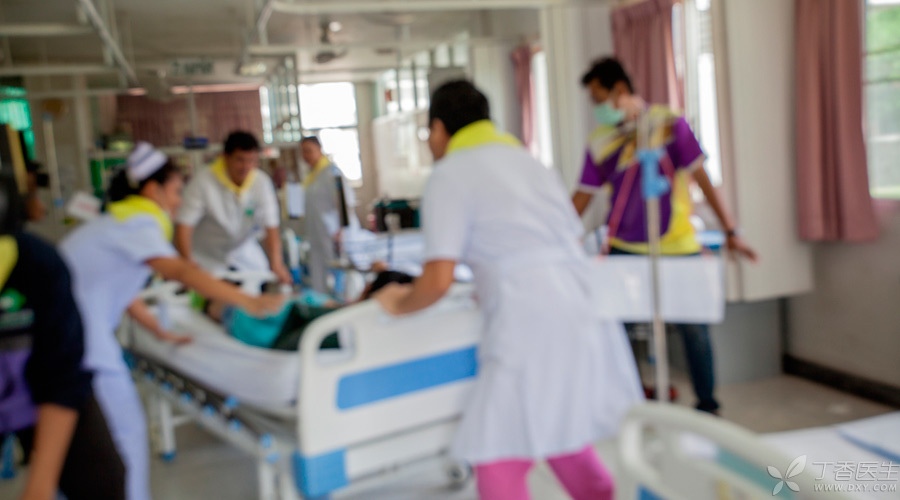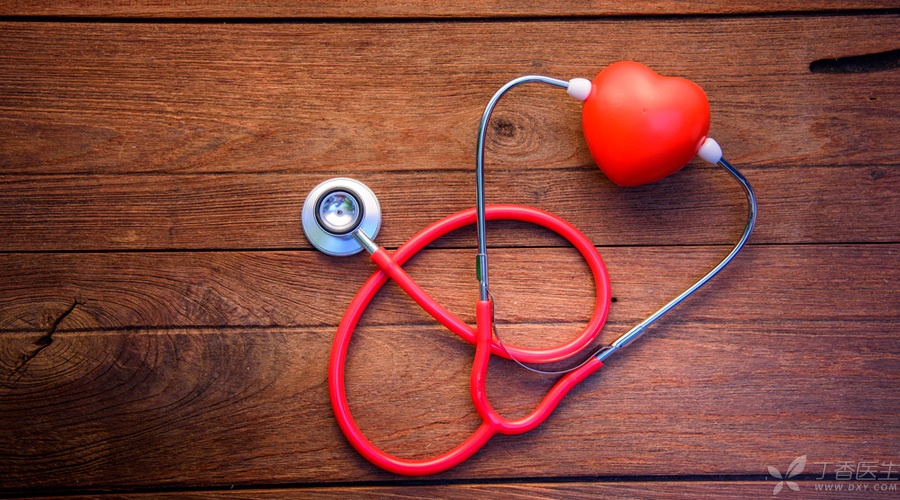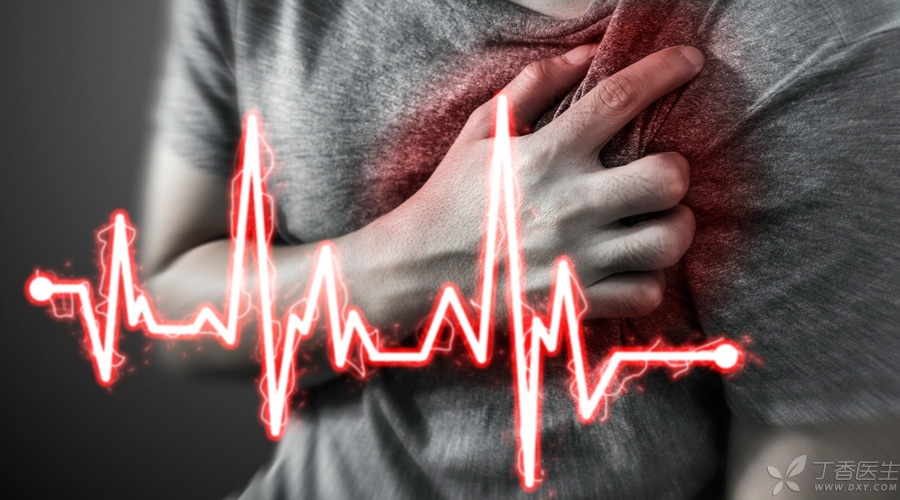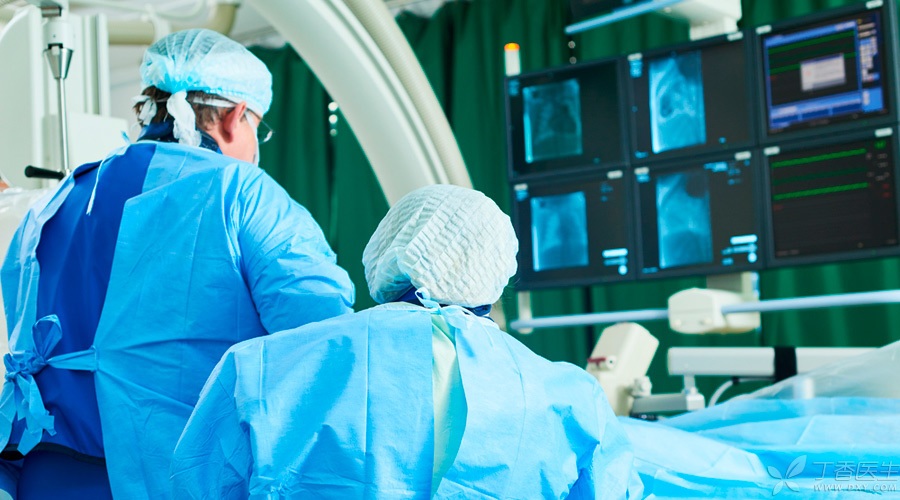Many people do not understand the severity of myocardial infarction. Some patients or their families stubbornly believe that as long as it does not hurt, it will be all right. The next examination and treatment suggested by the doctor also feel that it is not necessary to do so.
In fact, this may lead to very serious consequences.
The following is the real event encountered by Dr. Xiao Ke in the Department of Cardiology.
I treated a patient. When it was delivered, chest pain broke out for about 7 hours. Electrocardiogram showed extensive anterior myocardial infarction.
It is not too late at this time. The best treatment method is to perform emergency interventional surgery at the same time as drug therapy to understand the stenosis of blood vessels and place stents.
However, when I explained the treatment plan to them, the patient recovered and did not feel any pain, nor did he feel any obvious shortness of breath and discomfort, and felt completely restored to normal.
After repeated persuasion, the patient and his family agreed to be hospitalized for observation, but they still insisted on prescribing some drugs for conservative treatment and did not undergo stent surgery.

On the third day of admission, the patient unfortunately suffered from severe heart failure and hypotension. Fortunately, after active rescue, the patient’s life was saved. However, due to delayed treatment, ventricular aneurysm was formed. It can be predicted that he will need to be hospitalized frequently due to repeated attacks of heart failure after myocardial infarction.
Through this story, I would like to tell you why we should pay attention to myocardial infarction and what we should do when chest pain breaks out.
What is a myocardial infarction

Myocardial infarction is the occlusion of blood vessels supplying blood to the heart and the interruption of blood flow, causing local necrosis of some myocardium due to severe persistent ischemia.
Generally speaking, just like the canal in the field is blocked, the seedlings will be short of water and some of them will dry to death.
People with hypertension, diabetes, dyslipidemia, obesity, smoking and drinking, high sugar and oil diet, lack of physical activity, etc. have a higher risk of myocardial infarction.
Is there a precursor to myocardial infarction in what?

Chest stuffy pain is one of the most common symptoms of myocardial infarction.
In the sternum or precordial region, squeeze-like pain occurs and you feel unable to breathe. The pain may radiate to the shoulder, back and forearm, accompanied by cold sweat, dizziness, etc. Nitroglycerin tablets do not relieve significantly, and the pain lasts for more than 15 minutes, which is likely to be myocardial infarction.
Need immediate medical treatment.
Why is myocardial infarction very dangerous?

Myocardial infarction actually has to survive three jaws of death.
1. Malignant arrhythmia
The normal beating of the heart is regular and orderly.
After myocardial infarction occurs, it is as if the heart’s circuit command system has broken down, and the heart starts to beat around and various arrhythmias occur.
There should have been regular and powerful beats, but at this time it turned into a trembling disorder, and there was no way to transport blood out.
2. Cardiogenic shock
The heart is a pump, like a water pump. If the pump is broken and the horsepower is not enough, the high-rise users living upstairs will have no water. Similarly, if the heart pump fails, the blood pressure will be low or even shock.
3. Heart Failure
The peak period of myocardial cell edema is 3 ~ 5 days after myocardial infarction.
It’s a bit like a sprained ankle. At first it was only painful. It took several hours to find that the ankle became swollen. However, the edema of myocardial cells is caused by edema caused by previous ischemia and necrosis.
At the beginning of the story, the patient had obvious symptoms of heart failure, which was very dangerous.
Myocardial infarction, down?

Myocardial infarction is a disease with a high mortality rate. In addition to general drug therapy, if you see a doctor within 12 hours of onset, you should perform emergency interventional surgery, put stents in the blood vessels to open blocked coronary arteries, restore blood flow and reduce the area of myocardial infarction.
Just like the canal is blocked, it needs to be dug up in the first place, so that the seedlings can be irrigated by water, and those yellow but not completely necrotic seedlings may survive, thus reducing the loss of seedlings.
The area of myocardial cell necrosis directly determines the survival rate of patients, the quality of life in the future and the probability of complications. The earlier the blood vessel is opened, the less myocardial cell necrosis will occur, and the probability and degree of bad results will decrease.
Therefore, time is myocardium and time is life.
To sum up, myocardial infarction is a disease with a high mortality rate. Once there is severe and lasting chest tightness or chest pain, you need to seek medical treatment immediately. Acute myocardial infarction occurs suddenly and should be detected and treated as soon as possible.
Don’t pay no attention to it just because it doesn’t hurt. Be responsible for your own life.
